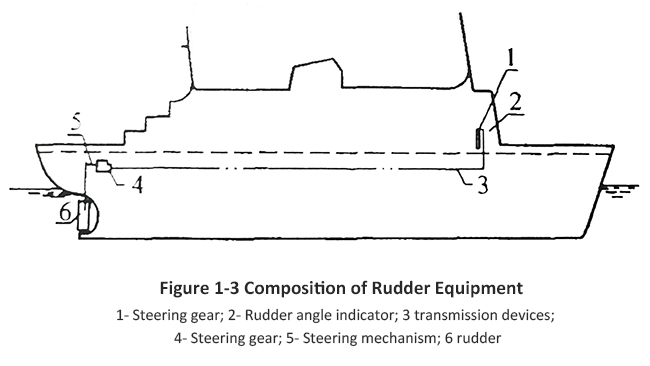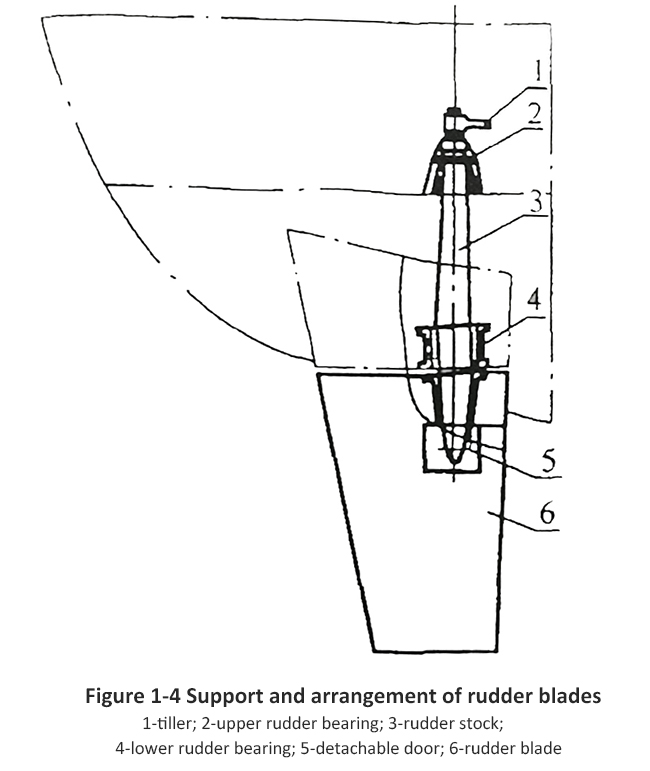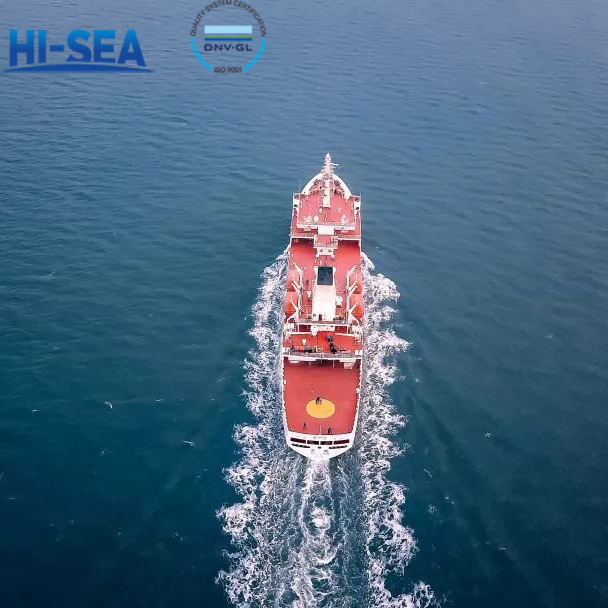
Formation and arrangement of marine rudder equipment
The marine rudder equipment mainly consists of the following parts:
Rudder: According to the principle of turning the ship, the rudder should be kept away from the turning center of the ship. Therefore, the rudder is usually placed at the stern of the ship to withstand the action of water flow, in order to generate a large turning moment to turn the ship.
Steering gear and its turning device: installed in the rudder compartment on the aft peak deck platform. The servo serves as the power source for turning the rudder, transmitting torque to the rudder stock through a turning device (also known as a transmission mechanism) to drive the rudder blades to rotate. The servo and steering gear are collectively referred to as the steering gear.
Steering device control system: The main components are located inside the cab, and the steering command is transmitted from the cab to the servo through an electric or hydraulic control system to control its action.
Overview
In addition to the marine rudder, in order to turn the rudder to the required angle within the specified time and ensure its effective operation, steering devices, servos, and turning devices are also required in the rudder equipment. Figure 1-3 shows the composition of common rudder equipment.

The various components of the rudder equipment should be able to rotate the rudder within the specified time, limit the rudder's rotation angle, reliably stop the rudder at any position within the restricted rudder angle, and monitor the rudder position from the cab. Colleagues should also be able to quickly convert the main steering device to a backup emergency steering device. The entire set of rudder equipment should be sturdy, reliable, and durable. On the premise of meeting the usage requirements, the external dimensions and quality of individual parts should be minimized as much as possible.
In Figures 1-3, rudder angle indicator 2 is an instrument that reflects the rotation angle of the rudder blade, installed in the cab to understand and monitor the actual position of the rudder. Steering gear 1 is a handle or steering wheel used by helmsmen or drivers to turn the steering wheel. Transmission device 3 transmits the starting information of servo motor 4 from the driver's cab to the rudder compartment. The servo is a mechanical device that drives the rudder to rotate, which is the driving force for turning the rudder. The function of the turning device (also known as the turning mechanism) 5 is to transfer the power of the servo to the rudder. 6 is a rudder, which is a general term for rudder blades, rudder stock, and their supporting components.
The arrangement and support of rudder blades at the stern of the ship are shown in Figures 1-4.

(For more information, please contact us.)
For more marine rudder system information, kindly please click here.





